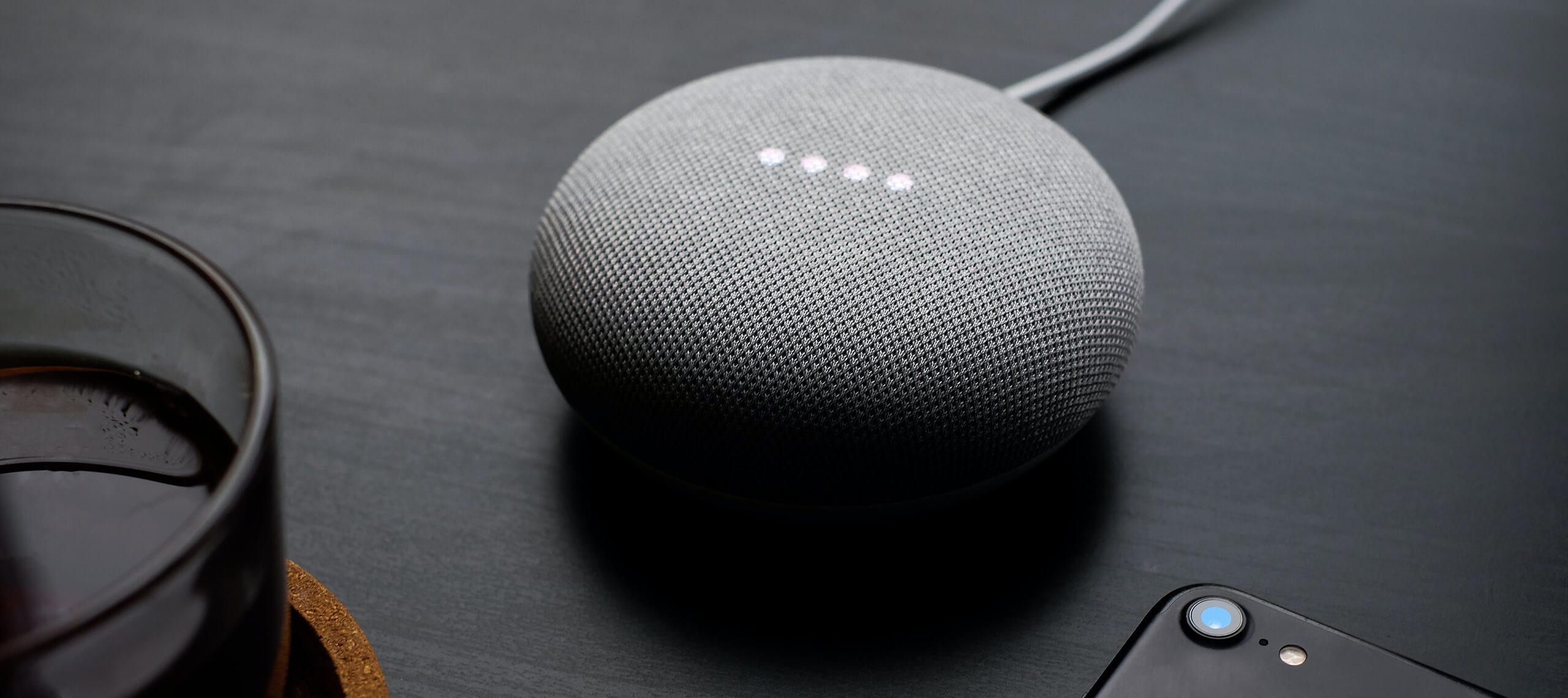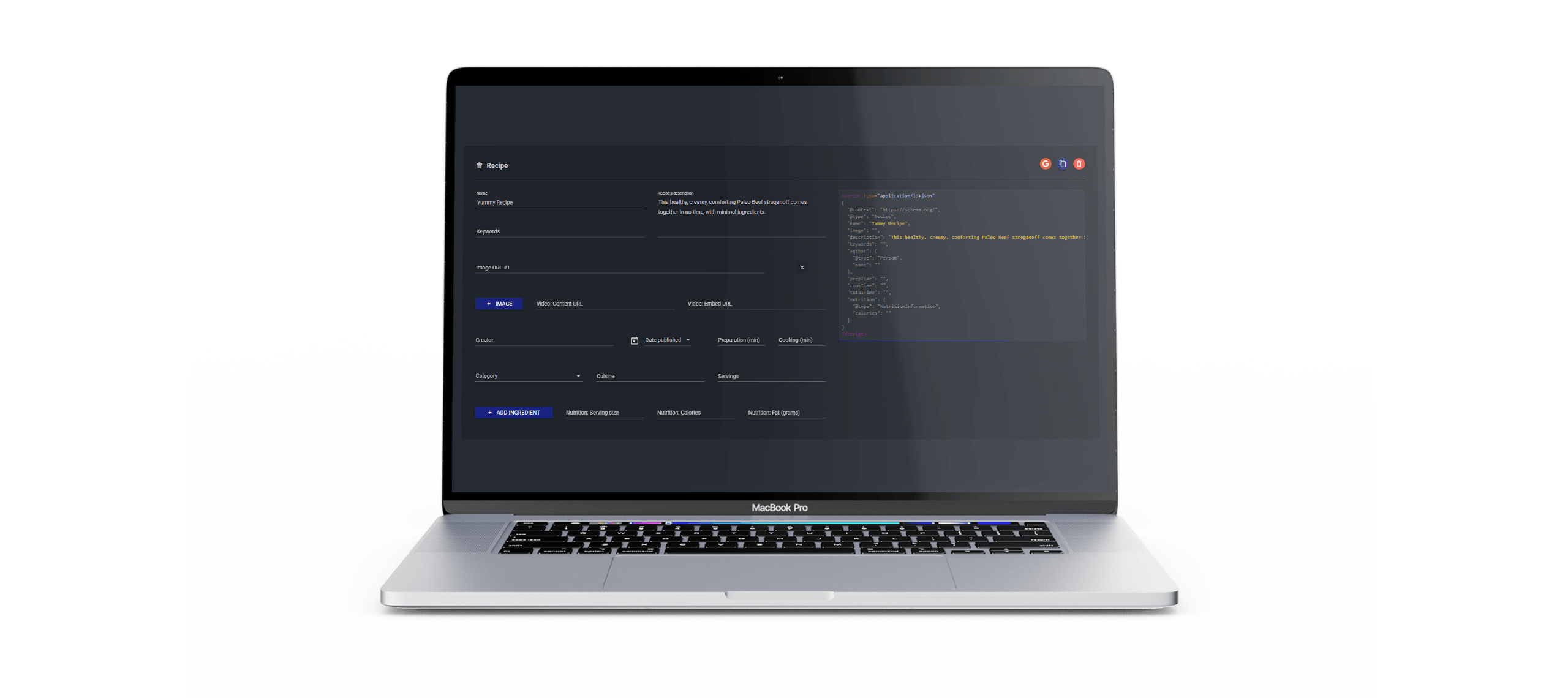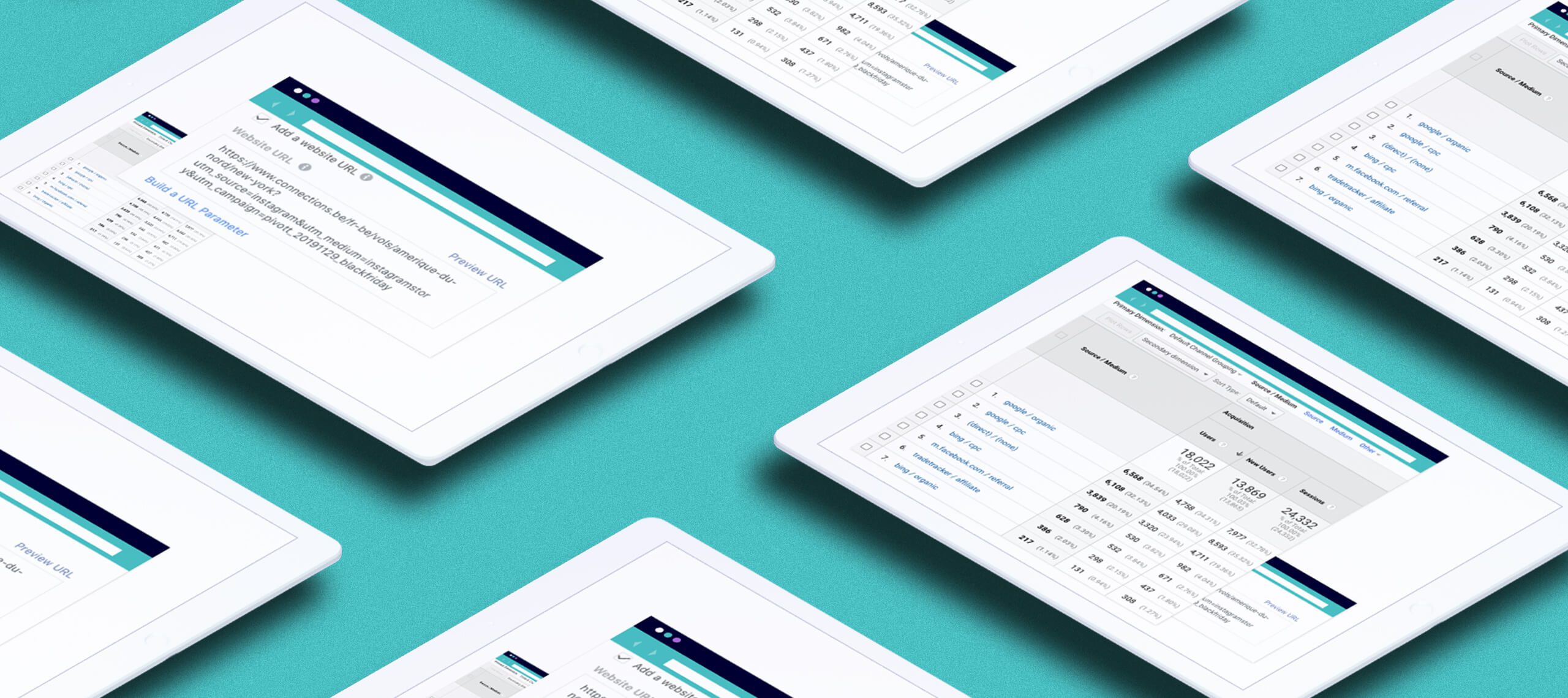What is
“Speakable”
structured data?


Let’s first start with some basics of voice search.
Why and how you should start to invest time in some advanced SEO tactics? We could kick off with the Hummingbird project by Google, deep dive into the AI algorithm on natural language processing (NLP) and end up with the a beta version of “speakable markup schema.org”, but we prefer to focus first on identified consumer behavior without getting lost in difficult terminology.
Let’s start with the question why and when are people using their Google Search Assistant and what answers do they expect in return?
Globally there are around 27% of connected world wide web consumers who are using voice search for specific matters and just because it makes life easier.
According to Google, voice-activated speaker owners told us that talking to their virtual assistant – rather than having to type – helps them get things done quickly and efficiently. And that means more multitasking. Here are the top reasons people turn to their voice-activated speakers.
- It allows them to more easily multitask.
- It enables them to do things faster than other devices.
- It empowers them to instantly get answers and information.
- It makes their daily routine easier.
Voice search has become a part of the daily routine. Some of their daily habits, such as checking commute times and setting reminders for things to buy later, are now accomplished by talking to their virtual assistant. So long, handwritten notes. By revamping their routines, people are getting more done with less friction.
It’s quite logical that 25% of consumers said they’re most likely to use voice assistance when purchasing everyday household items.
In order to understand the specific voice demands from consumers, we’ve tried to classify intent behaviour that could be integrated into your SEO strategy.
Classification of voice queries
If we would classify voice search queries into 4 categories it would look like this:
- 21% is searching for fun & entertainment: Hey Google, put on Spotify playlist top 50.
- 22% is looking for local information: Hey Google, what are the opening hours of the nearest pharmacy?
- 27% is using it as a personal assistant: Hey Google, put a 15 minutes timer.
- 30% is looking for general information: Hey Google, how long does it take to boil an egg?
When Google is scraping for local business information, it’s not a secret that your “Google My Business” listings really need to be perfectly well completed for every store you own. It is also important to associate your listing with relevant categories. Google wants you to use categories to “describe what your business is.” Making sure you phone number, opening hours, address, … are accurate is necessary for your business.
A voice query usually consists of two things;
- Or a request, like putting a timer
- Or a question, like how long to …
When zooming in on specific question related queries, consumers always start with what, who, how, when and where. Based on question keywords we can qualify their voice search degree of intent. ‘What’ and ‘Who’ questions signal that a user is in the research phase. If they are asking ‘Where’ questions, they are almost ready to buy.
Regarding high intent related queries 52% of the consumers are looking for specific information on deals, sales and promotions. So what are your next steps in order to be present for a voice search future?
Basic first: featured snippets
In order to find the right answer, Google will scrape first the info from featured snippets. Most SEOs want to get their site into position #1 (the first organic search result) on page 1. That’s the best possible position for a site to be in, right?
Well, if you get a rich snippet, you come before the first ranking. You’re in Position #0!
The advantages of a featured snippet are obvious: more clicks, more visibility and a higher conversion rate. It’s an SEO’s dream!
Here’s what Google has to say about featured snippets: “When we recognize that a query asks a question, we programmatically detect pages that answer the user’s question and display a top result as a featured snippet in the search results.”
Here’s an example of a featured snippet that solves a specific user question. So putting your consumers’ needs first instead of what you want to communicate as a brand is definitely the way to go.
Featured snippets that include the solution on search queries like how to, what is, how do, how does, why do, why does, what did, … will make sure that you’ll always end up in position #0.
Advanced: structured data
In order that Google recognizes your data perfectly, the content on your landing pages should consist of specific structured data. Since Google can’t read between the lines yet, we should help out on creating specific structured data in the backend of our content. The visitors do not see it, but microdata helps search engines to organize and classify your content. It is an under-utilised strategy because it requires work.
Structured data is a standardized format for providing information about a page and classifying the page content; for example, on a recipe page, what are the ingredients, the cooking time and temperature, the calories, and so on.


-
Google uses structured data that it finds on the web to understand the content of the page, as well as to gather information about the web and the world in general.
Schema markup, also known as structured data, does not affect the rankings directly, but it can give you an edge over your competitors.
You can also use schema to enable search enhancements and get a visually appealing result on search engine results page (SERP).
Next level: speakable metadata.org (beta)
The speakable schema.org property identifies sections within an article or webpage that are best suited for audio playback using text-to-speech (TTS). Adding markup allows search engines and other applications to identify content to read aloud on Google Assistant-enabled devices using TTS, like Google Home. Web pages with speakable structured data can use the Google Assistant to distribute the content through new channels and reach a wider base of users.
The Google Assistant uses speakable structured data to answer topical news queries on smart speaker devices. When users ask for news about a specific topic, the Google Assistant returns up to three articles from around the web and supports audio playback using TTS for sections in the article with speakable structured data. When the Google Assistant reads aloud a speakable section, it attributes the source and sends the full article URL to the user’s mobile device through the Google Assistant app.
So, are you ready for the next level of voice search optimization? Don’t hesitate to contact us if you need some support in setting up your structured data.
Every purchase is up
for grabs today.
Dave Elzinga
How can Pivott help you?
Contact us
Newsletter signup form
Het formulier is succesvol ingediend!
Er is iets fout gegaan, probeer het later nog eens of stuur een e-mail naar info@pivott.be






